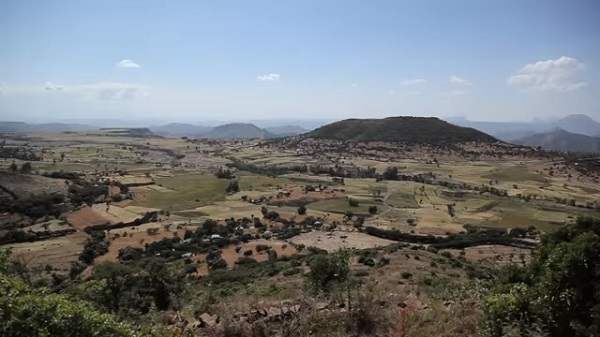
Ethiopia’s National Adaptation Plan (NAP) seeks to strengthen the integration of adaptation into the country’s long-term development pathway. The Plan focuses on the sectors that are most vulnerable to the impacts of climate change in Ethiopia, namely agriculture, forestry, health, transport, power, industry, water and the urban sector.
By Leila Mead (IISD Reporting Services)
Ethiopia has submitted to the United Nations Framework Convention on Climate Change (UNFCCC) Secretariat its National Adaptation Plan (NAP), which builds on the country’s ongoing efforts to address climate change. The NAP aims to reduce Ethiopia’s vulnerability to the impacts of climate change by building adaptive capacity and resilience.
Titled, ‘Ethiopia’s Climate Resilient Green Economy,’ the Plan seeks to strengthen the integration of adaptation into the country’s long-term development pathway, supported by effective institutions and governance structures, finance for implementation and capacity development, and strengthened systems for disaster risk management (DRM) and integration among different sectors. The NAP is based on the guiding principles of participation, coherent interventions, stakeholder empowerment, gender sensitivity, equitable implementation and partnership.
The NAP focuses on the sectors that are most vulnerable to the impacts of climate change in Ethiopia, namely agriculture, forestry, health, transport, power, industry, water and the urban sector. It identifies 18 adaptation options for these sectors, including:
-
- Enhancing food security by improving agricultural productivity in a climate-smart manner;
- Improving access to potable water;
- Strengthening sustainable natural resource management by safeguarding landscapes and watersheds;
- Improving human health systems;
- Improving ecosystem resilience;
- Enhancing sustainable forest management (SFM);
- Building social protection and livelihood options;
- Enhancing alternative and renewable power generation and management;
- Building sustainable transport systems;
- Developing efficient value chain and marketing systems;
- Strengthening drought, livestock and crop mechanisms;
- Improving early warning systems; and
- Reinforcing adaptation research and development insurance.
Ethiopia aims to: further integrate and mainstream climate change adaptation into development policies and strategies; build long-term capacities of institutional structures involved in the NAP; implement effective and sustainable funding mechanisms; advance adaptation research and development; and improve the knowledge management system for the NAP.
The estimated cost of implementing the Plan over the next 15 years is USD 6 billion per year, which will come from a combination of public and private domestic and international financing sources.
The NAP’s monitoring and evaluation system will track progress and effectiveness in achieving the adaptation outcomes, support adaptive management of the implementation process, and ensure that all actors involved in implementing the NAP will have monitoring responsibilities within their scope of operations.
About national adaptation plan (NAP)
The national adaptation plan (NAP) process was established under the Cancun Adaptation Framework (CAF). It enables Parties to formulate and implement national adaptation plans (NAPs) as a means of identifying medium- and long-term adaptation needs and developing and implementing strategies and programs to address those needs. It is a continuous, progressive and iterative process which follows a country-driven, gender-sensitive, participatory and fully transparent approach.
Source: The International Institute for Sustainable Development (IISD)
